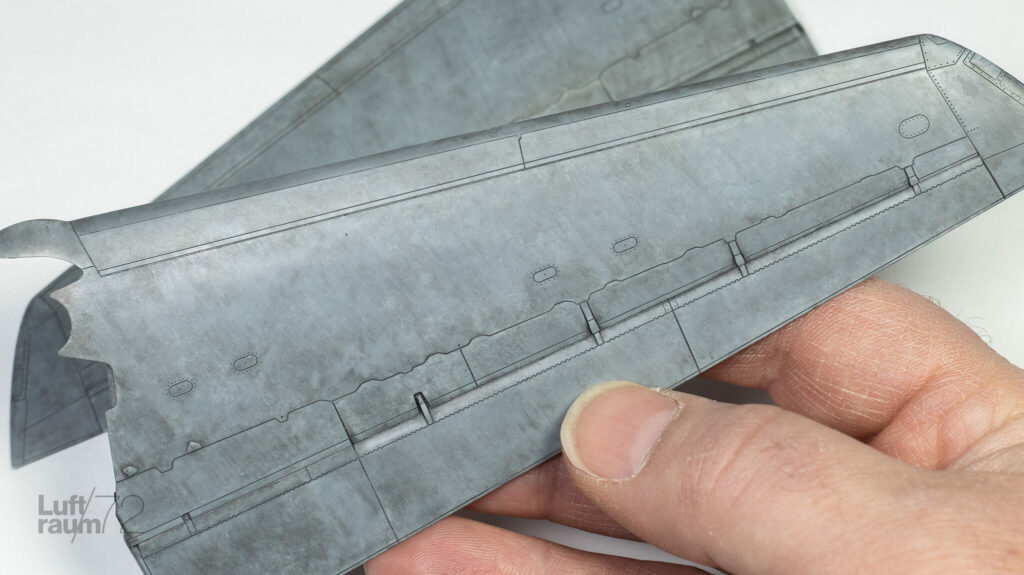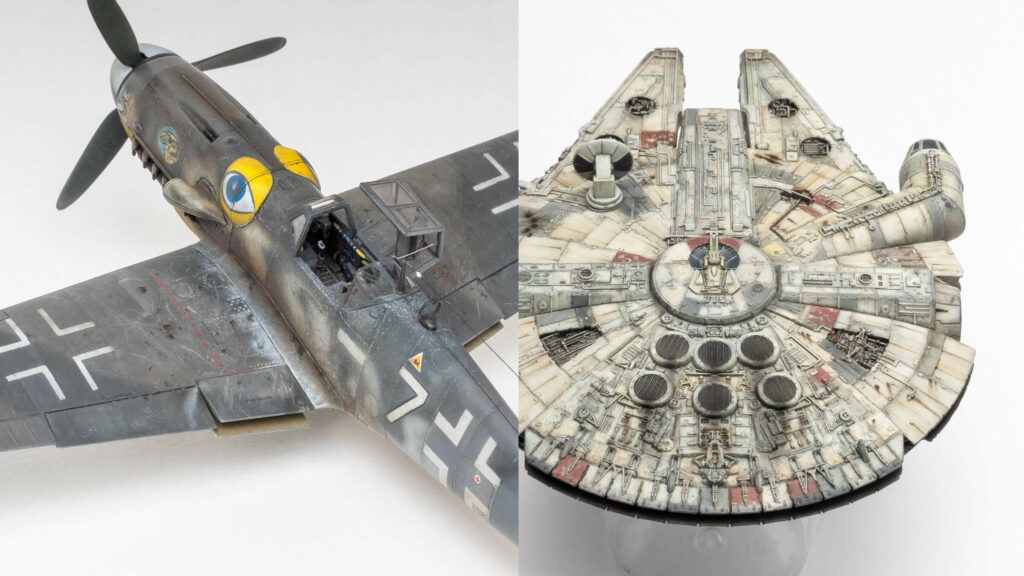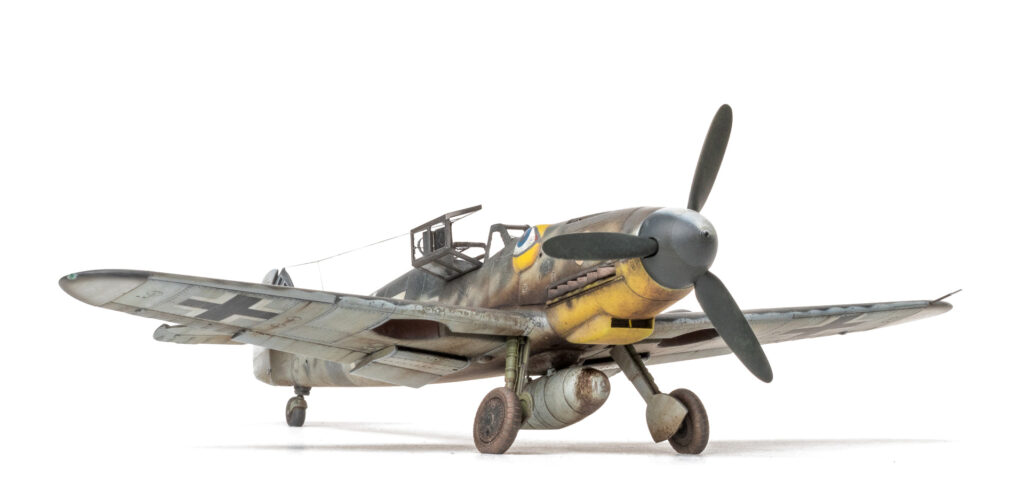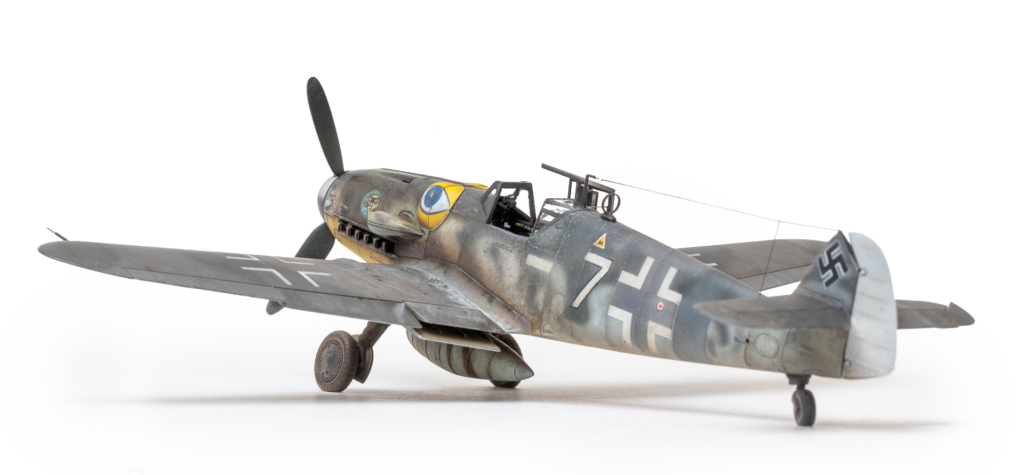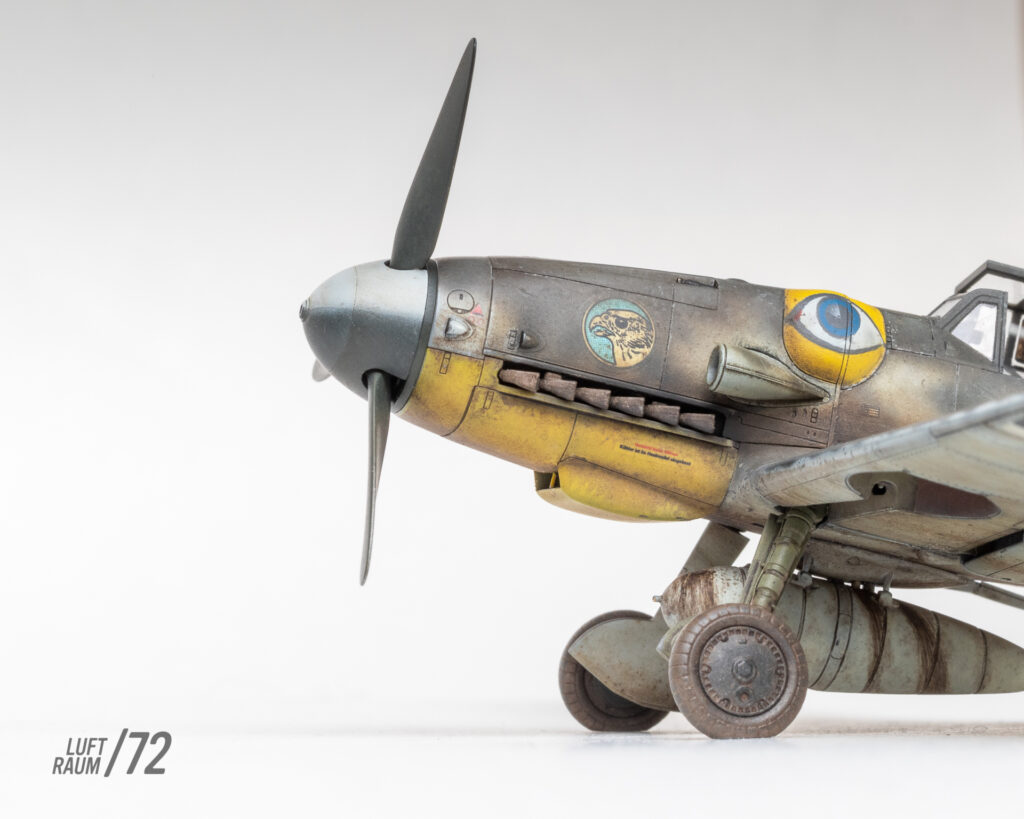My First Book – Super Detailing the F-14 Tomcat
How to order NEWS My first book! Super Detailing the F-14 Tomcat I’m ecstatic to announce my first book, ‘Super Detailing the F-14 Tomcat’, published by Dai Nippon Kaiga out of Japan. The catalyst for this publication is an article I produced for Scale Aviation magazine No. 145, in which I provided my approach to […]
My First Book – Super Detailing the F-14 Tomcat Read More »
